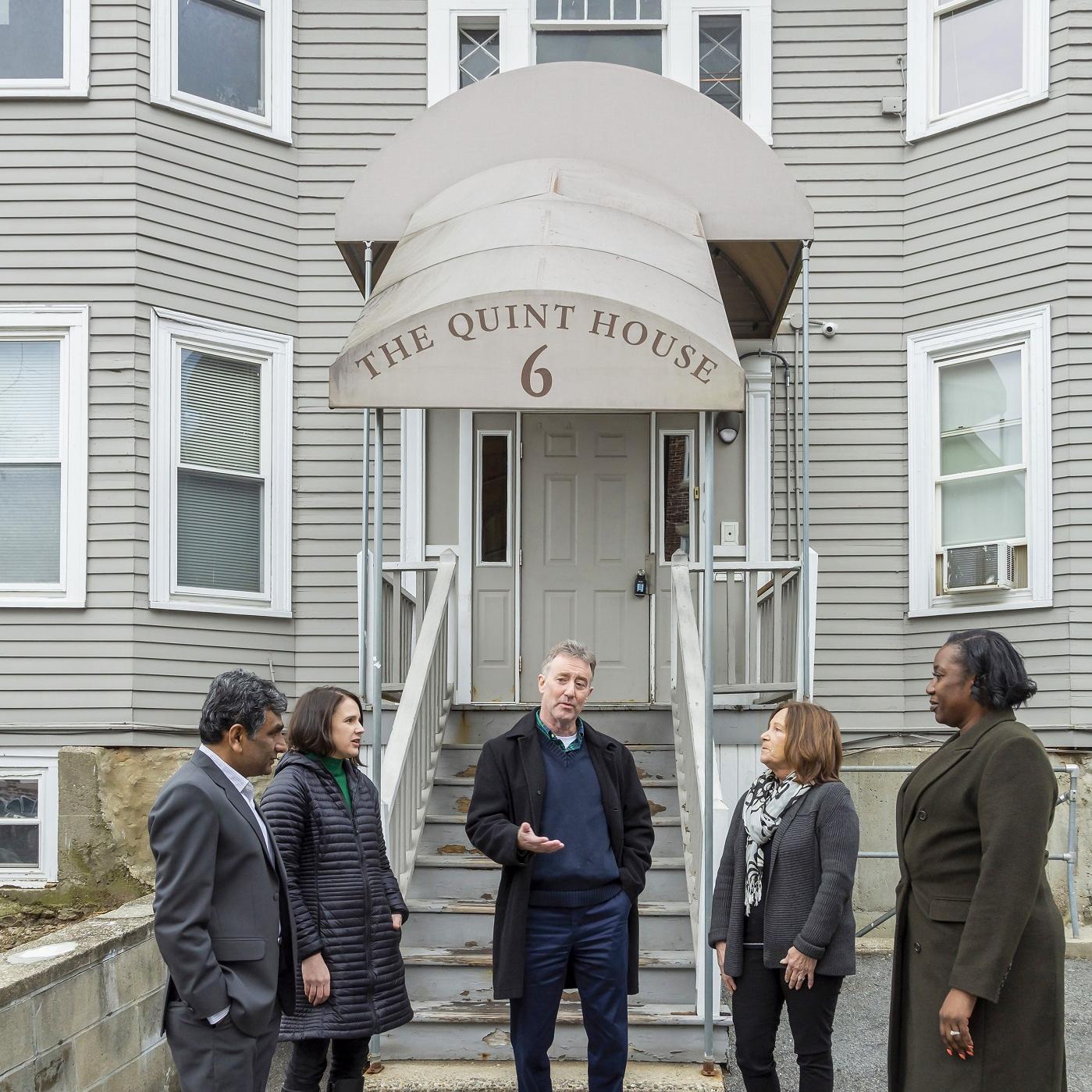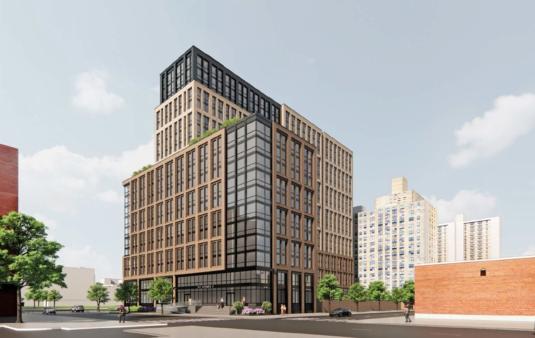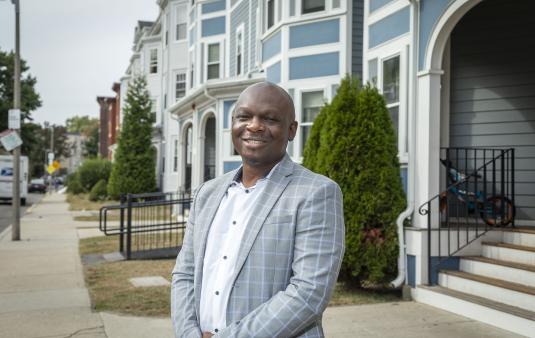Six Quint Avenue in Boston’s Allston neighborhood was perfect: Wide hallways, beautiful woodwork, airy rooms — and a preexisting license as a lodging house.
So, when the 1910 property went on the market, Allston Brighton Community Development Corporation (CDC) took immediate action. As John Woods, Executive Director of Allston Brighton CDC, notes, “We had been talking to partners about the need for deeply affordable housing for addiction recovery. When this property became available it was a little miracle. We immediately reached out to BlueHub.”
He continues, “One of the things that sets BlueHub apart from other funding agencies is that they immediately start with, ‘How can we help?’ I can’t tell you how important that is in terms of creating positive momentum. That’s why they are our go-to people.”
“BlueHub’s willingness to be a viable lender set a snowball in motion,” says Woods. “Their early confidence sparked essential support from the city and state, including $75,000 from the MassHousing Center for Community Recovery Innovation (CCRI).”


